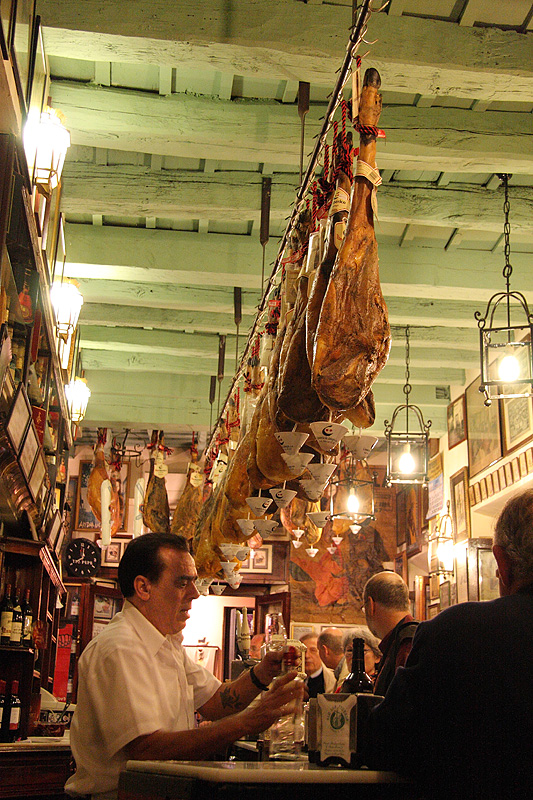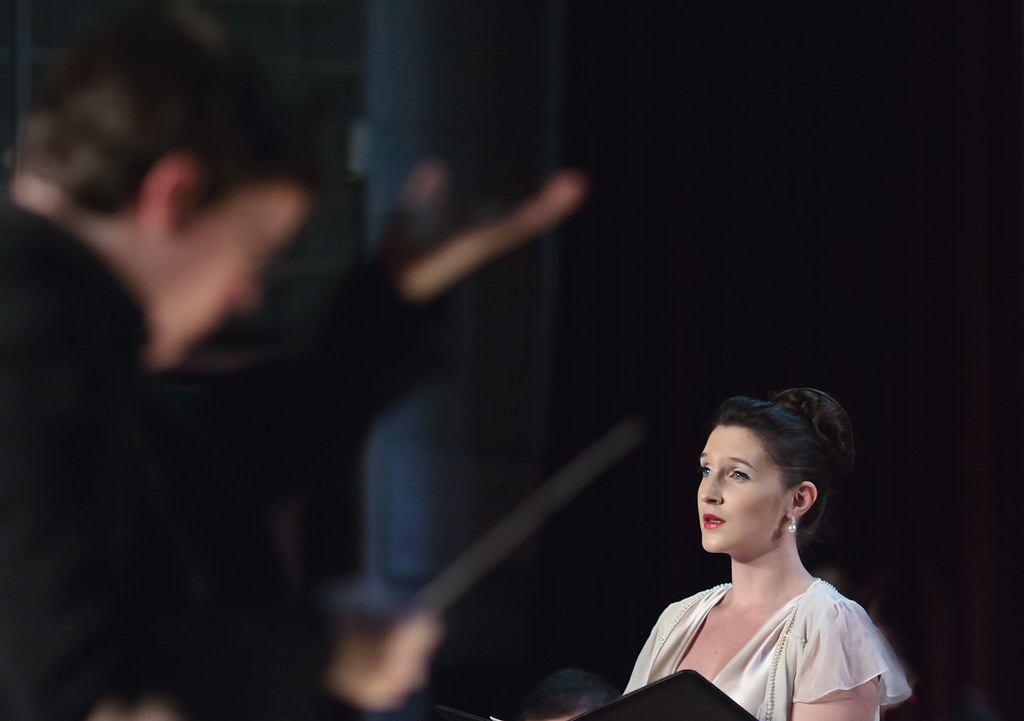- Messages
- 1,589
- Edit My Images
- Yes
If I am having Problems with Noise & ISO - Should I Upgrade my camera, or my Lens ?
This is my scenario,
I do a lot of shooting (handheld - tripods / monos are not a possibility) in low light, where I cannot use flash
* I use the lowest shutter speed that I can, to still freeze motion, usually 1/200 - 1/160
And the highest ISO I can, 1200 / 1600
I get a LOT of noise, and someone warned me this would be a problem with my camera (Canon 40d) before I bought it, but at the time I Did little / no low light shooting so this did not bother me.
My Kit consists of
Canon 40d
Canon 18-55 (Non IS)
Canon 55-250 IS
Canon 50mm 1.8 Plastic Fantastic, Nifty Fifty
To improve my output, should I:
This is my scenario,
I do a lot of shooting (handheld - tripods / monos are not a possibility) in low light, where I cannot use flash
* I use the lowest shutter speed that I can, to still freeze motion, usually 1/200 - 1/160
And the highest ISO I can, 1200 / 1600
I get a LOT of noise, and someone warned me this would be a problem with my camera (Canon 40d) before I bought it, but at the time I Did little / no low light shooting so this did not bother me.
My Kit consists of
Canon 40d
Canon 18-55 (Non IS)
Canon 55-250 IS
Canon 50mm 1.8 Plastic Fantastic, Nifty Fifty
To improve my output, should I:
- Change something I am doing (See above RE settings *^)
- Change my Lens
- Change my Body


 IMG_4686_7_800wide
IMG_4686_7_800wide IMG_4686_BIG
IMG_4686_BIG The soloist.
The soloist. The doctor
The doctor The Musician,
The Musician,

